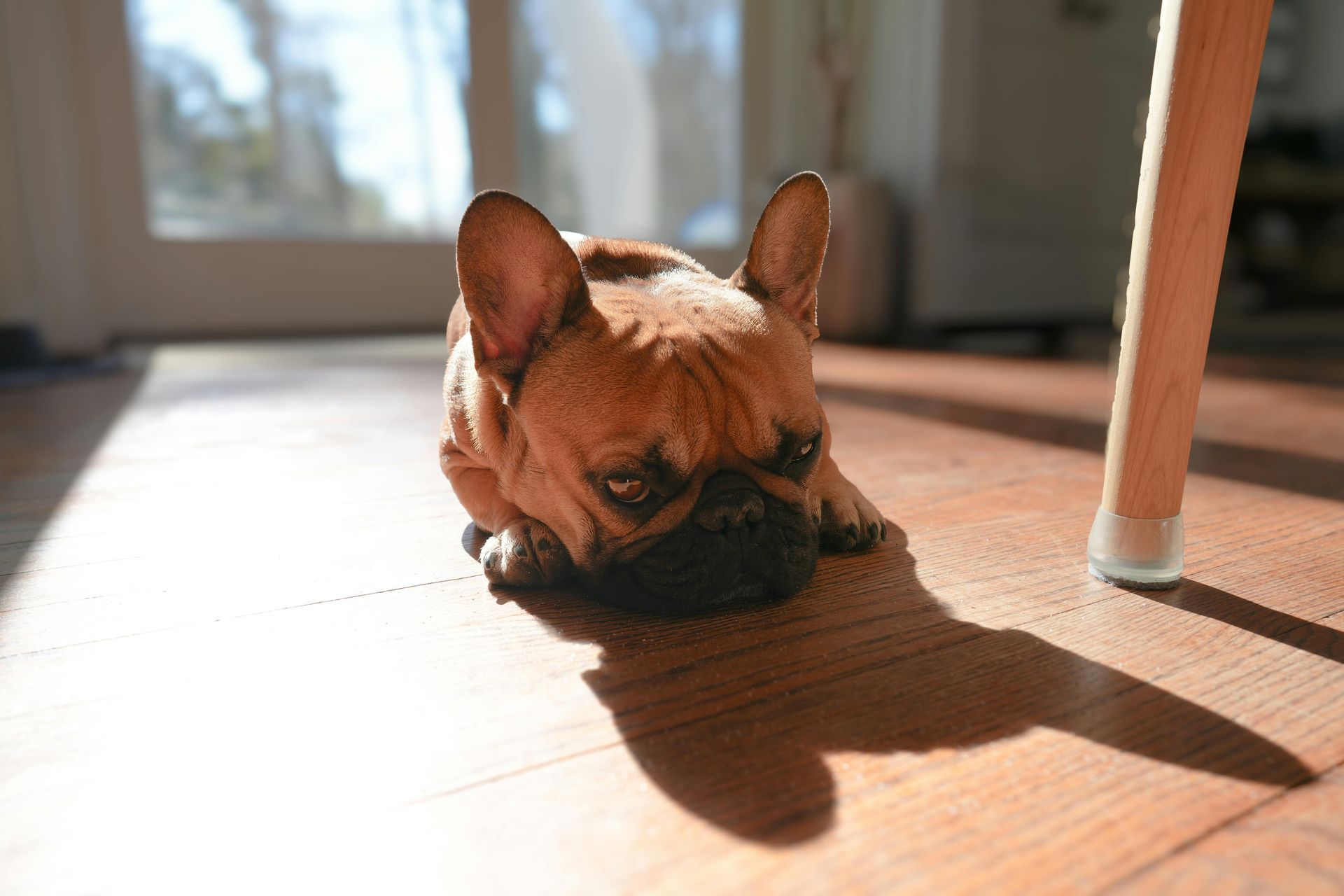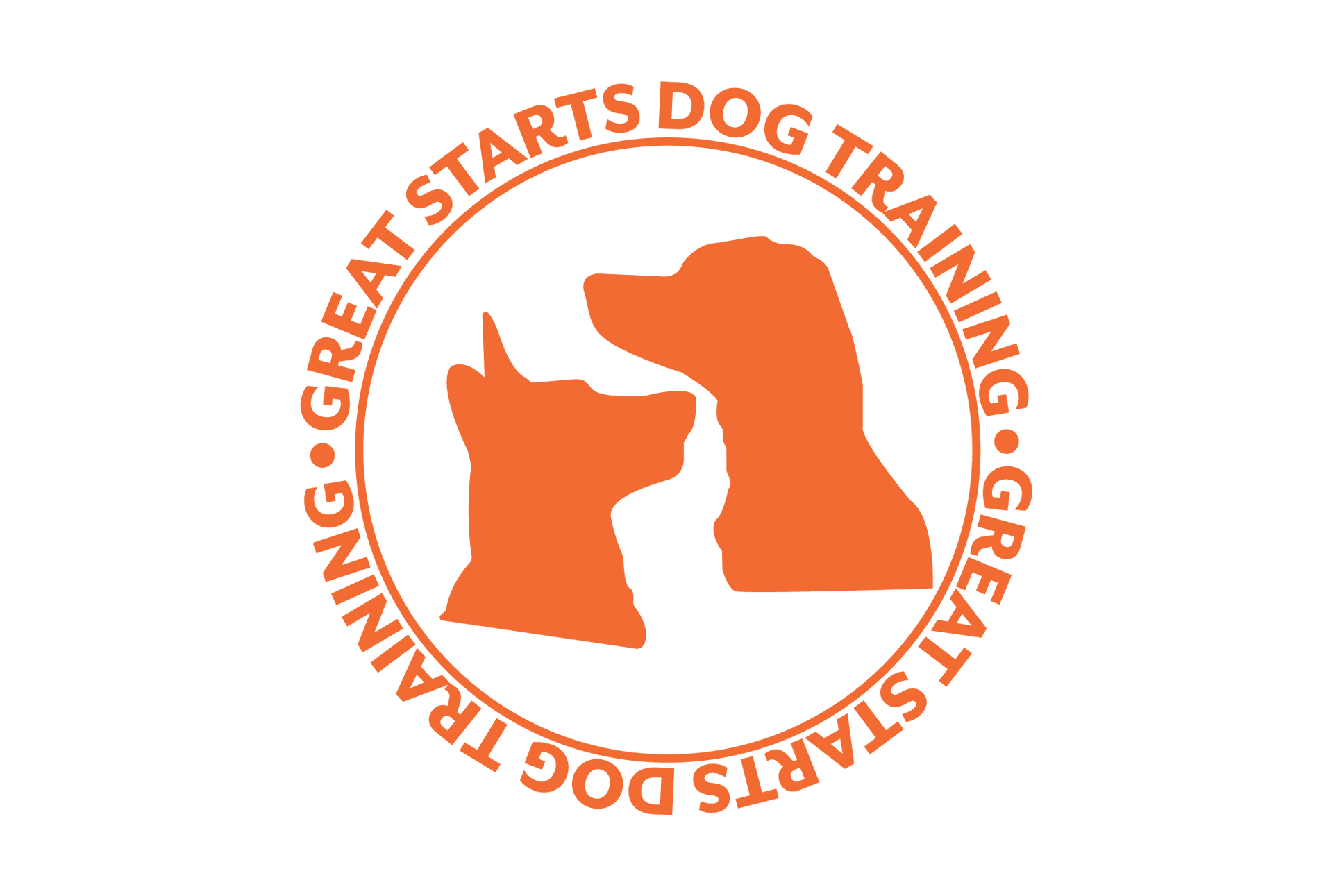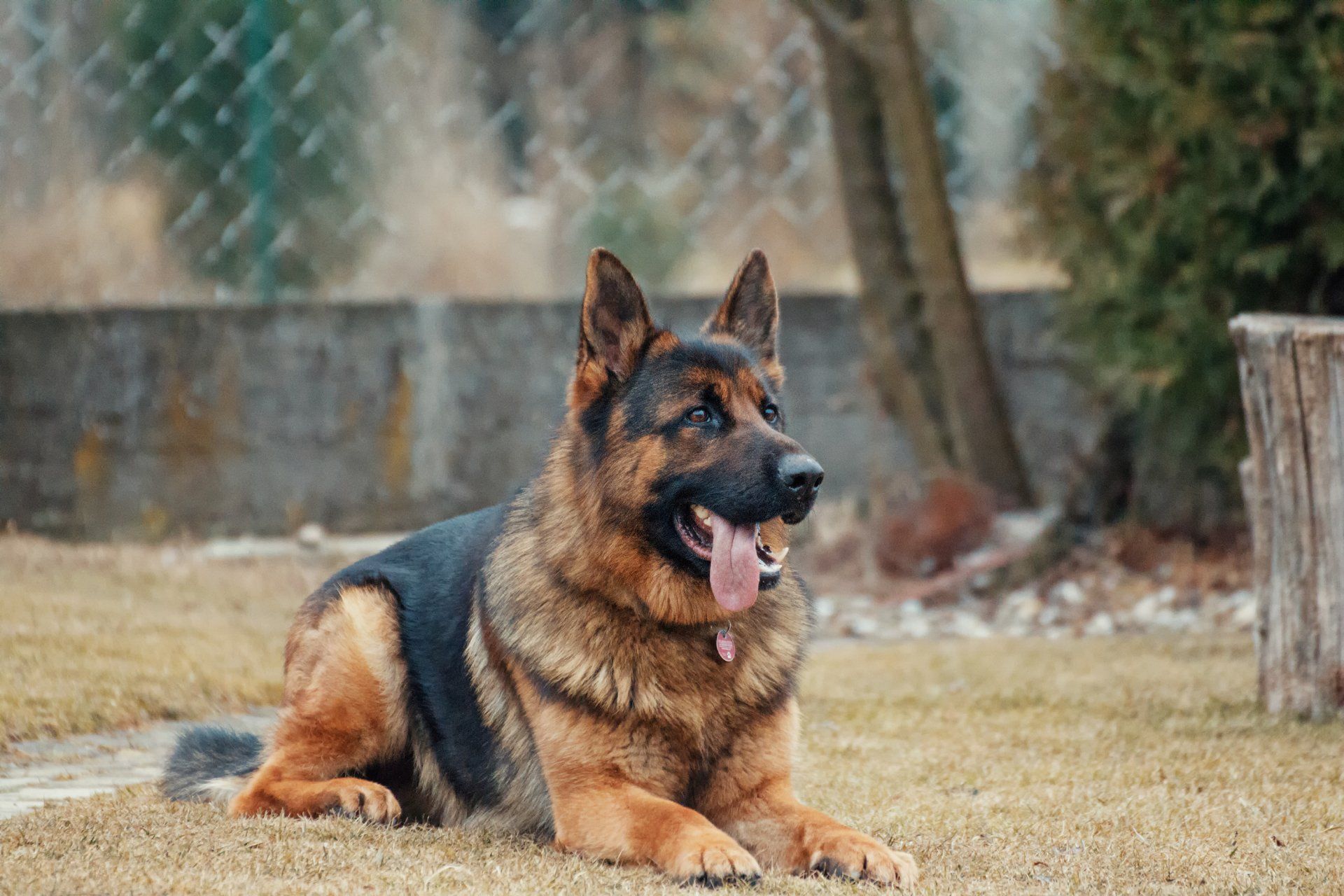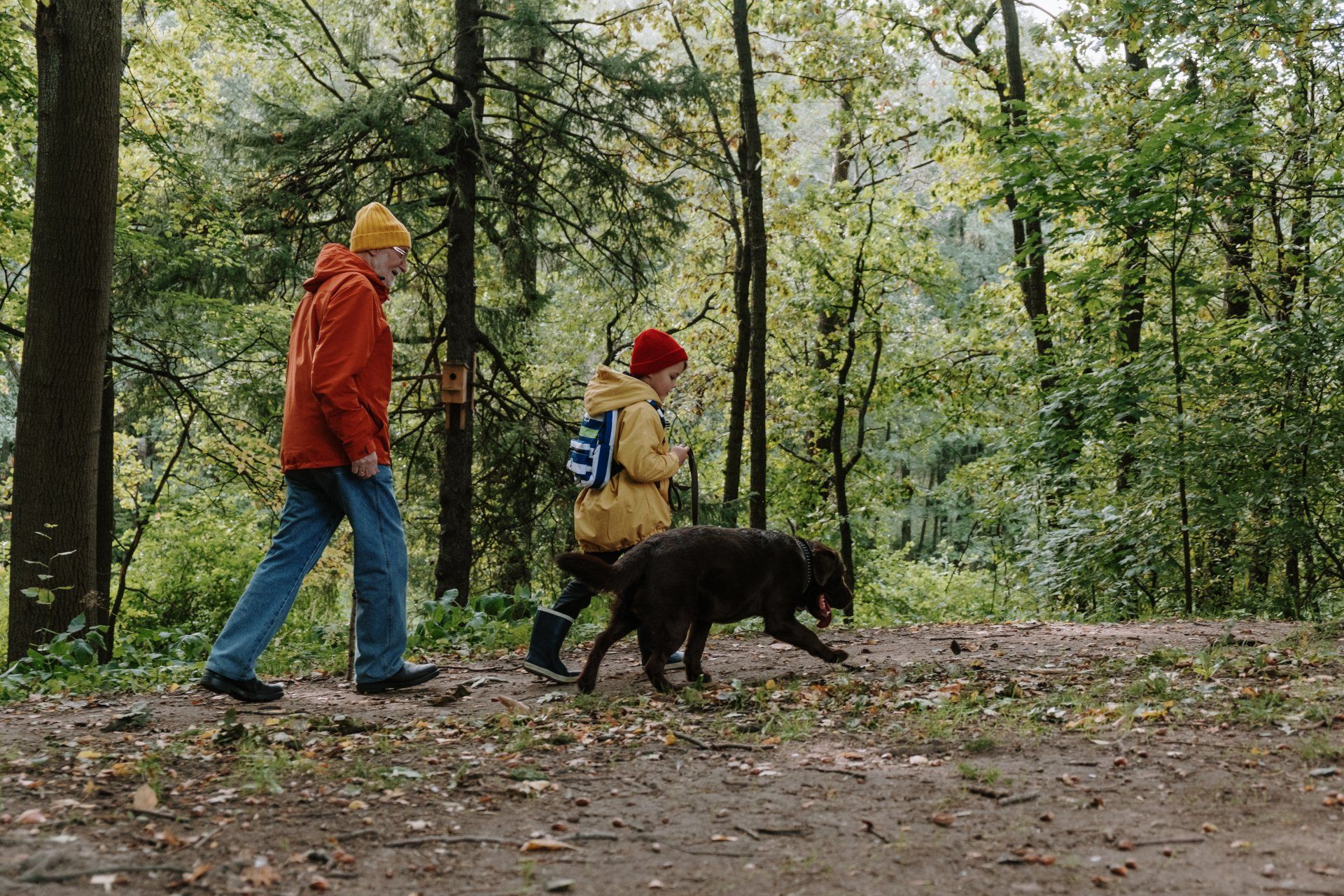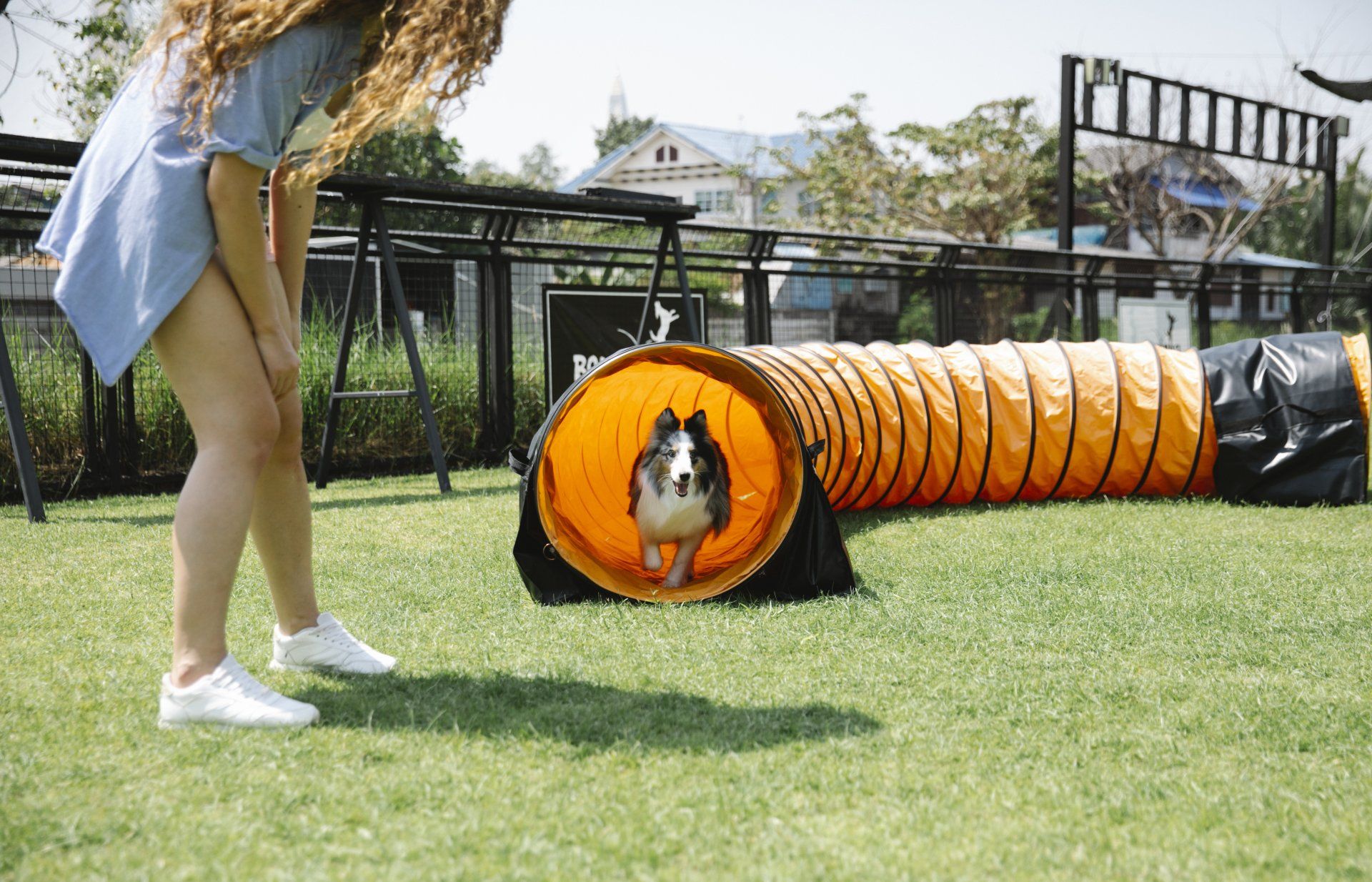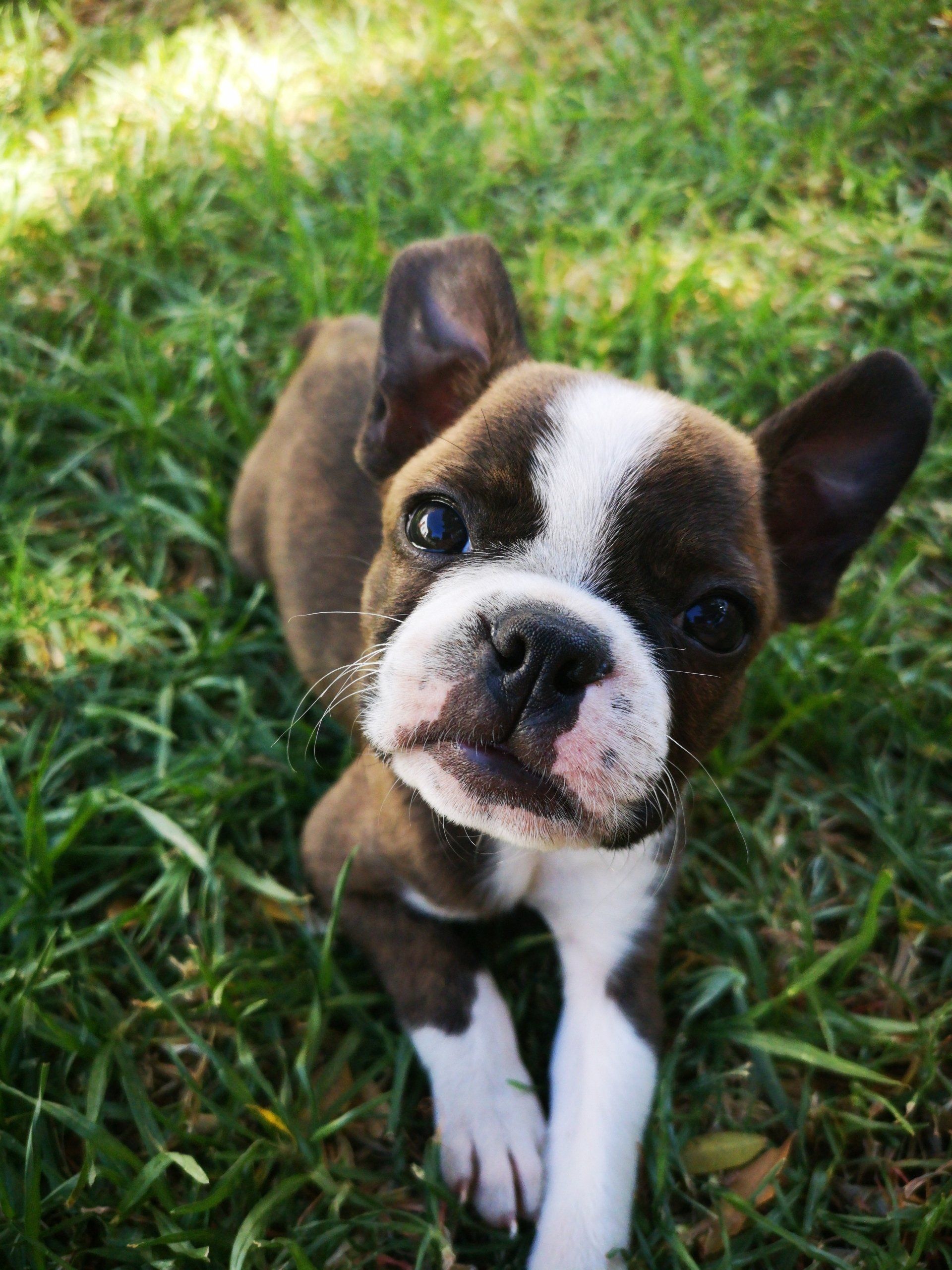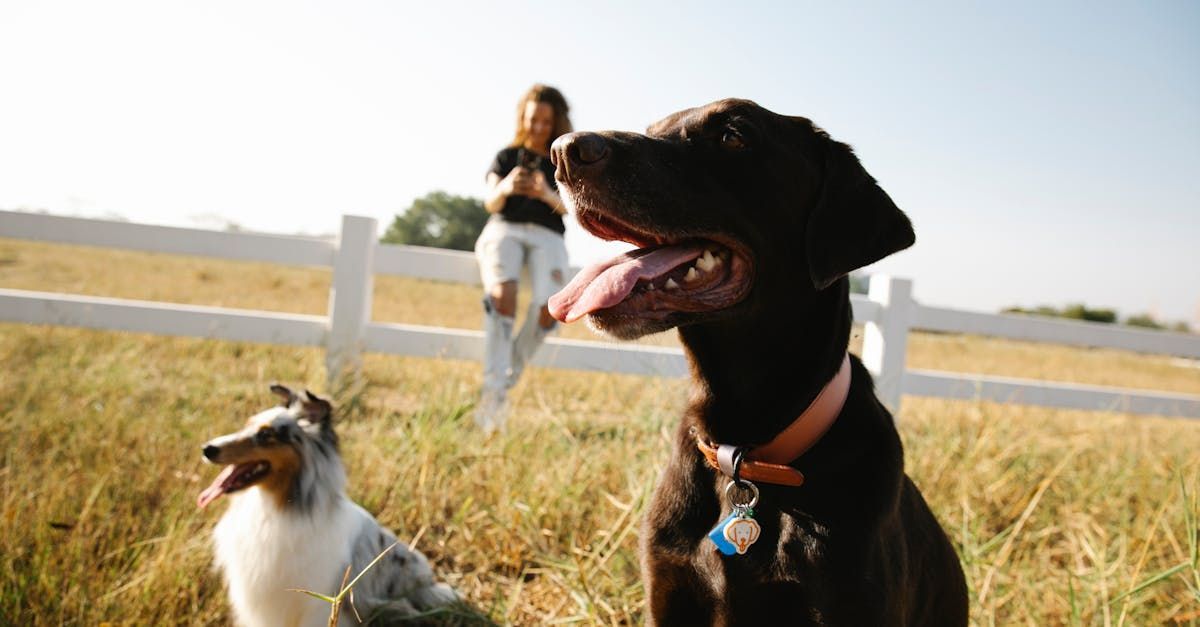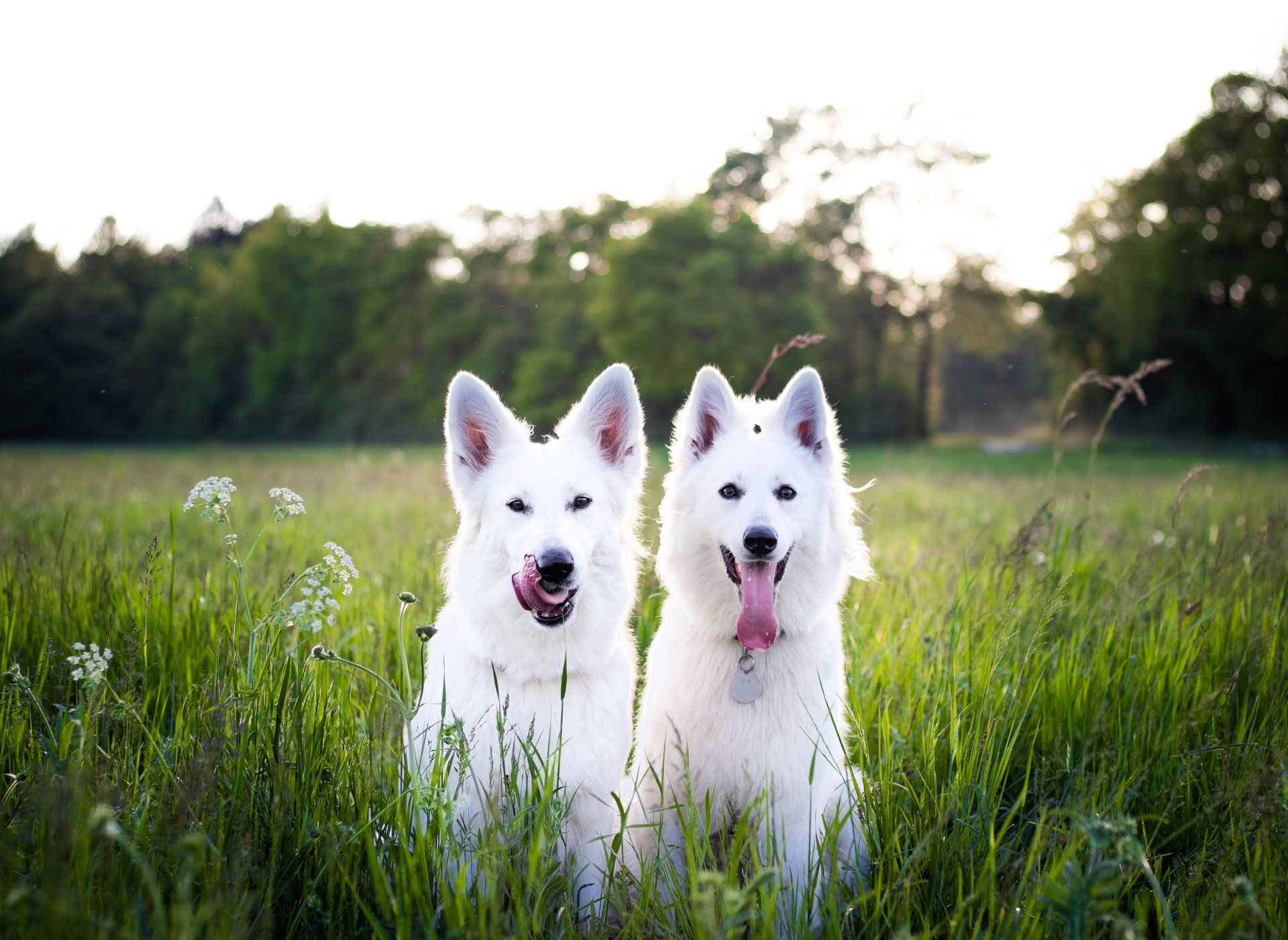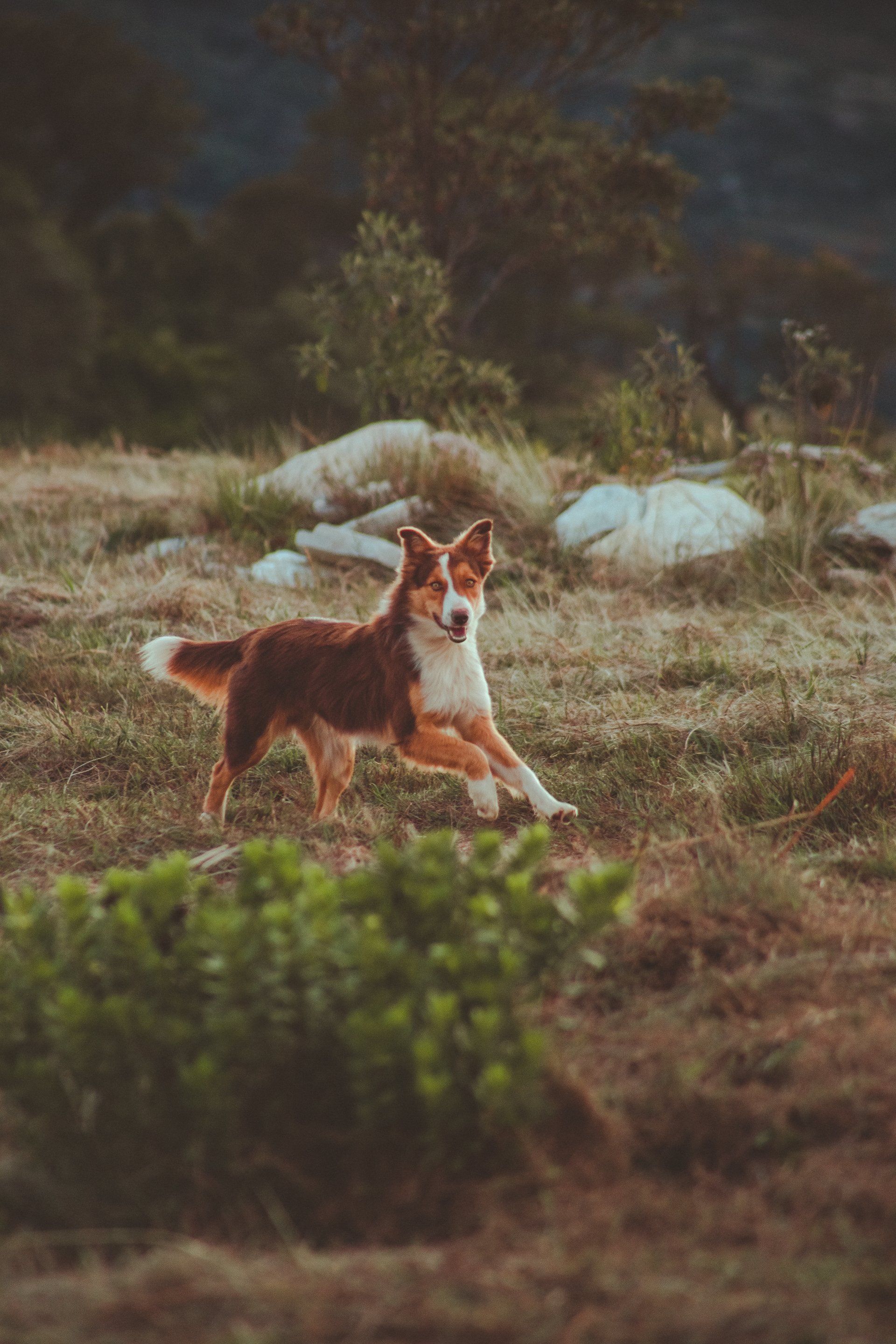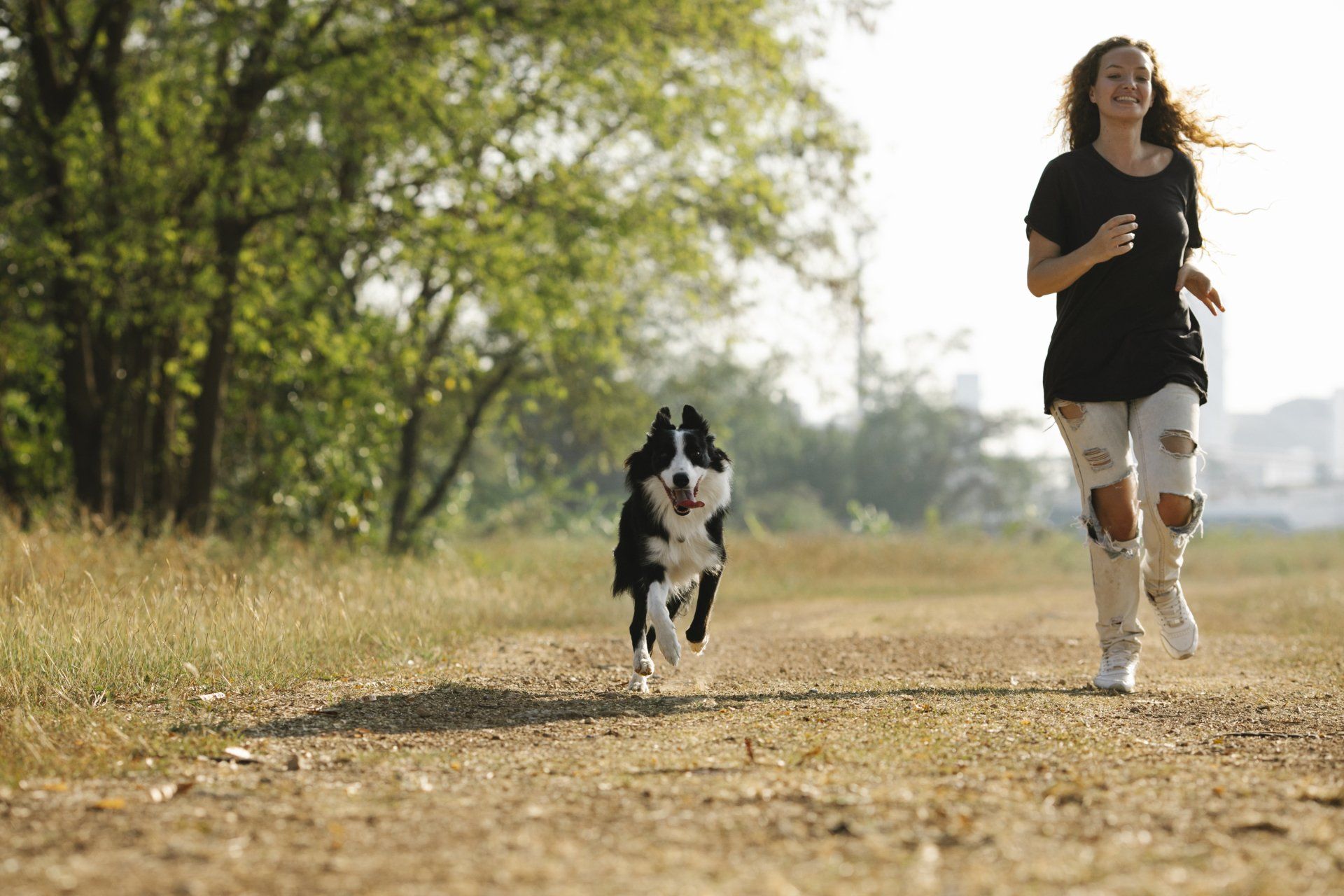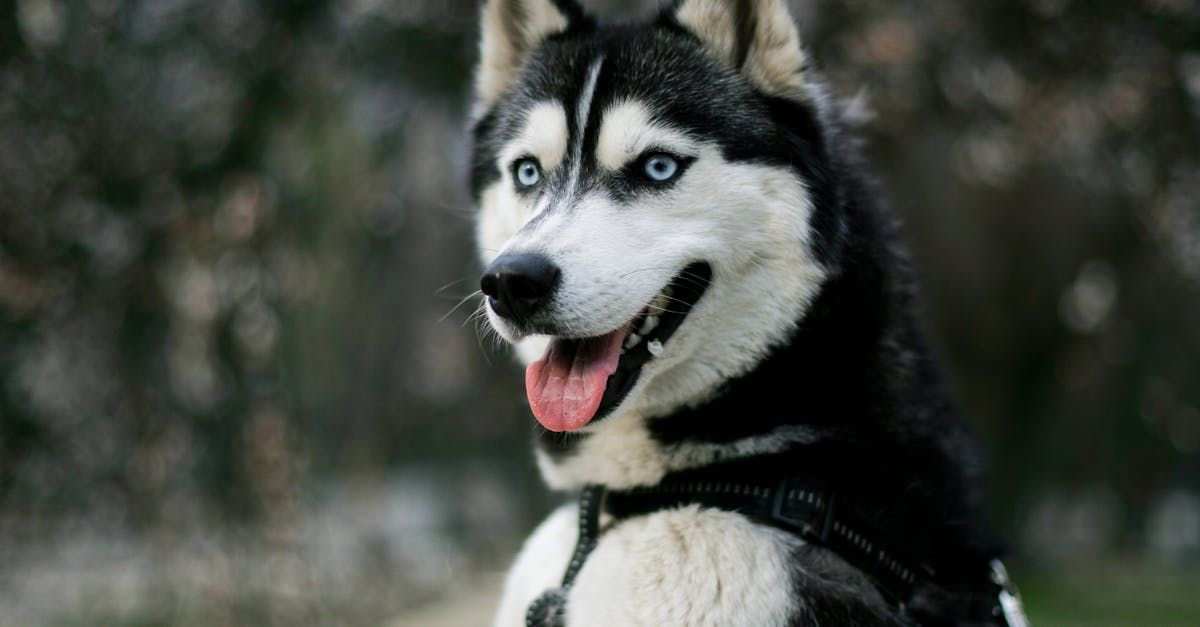Tails and Trails: Adventures with Your Best Fur-iend
Three FUN activities you can do with your four-legged friend!
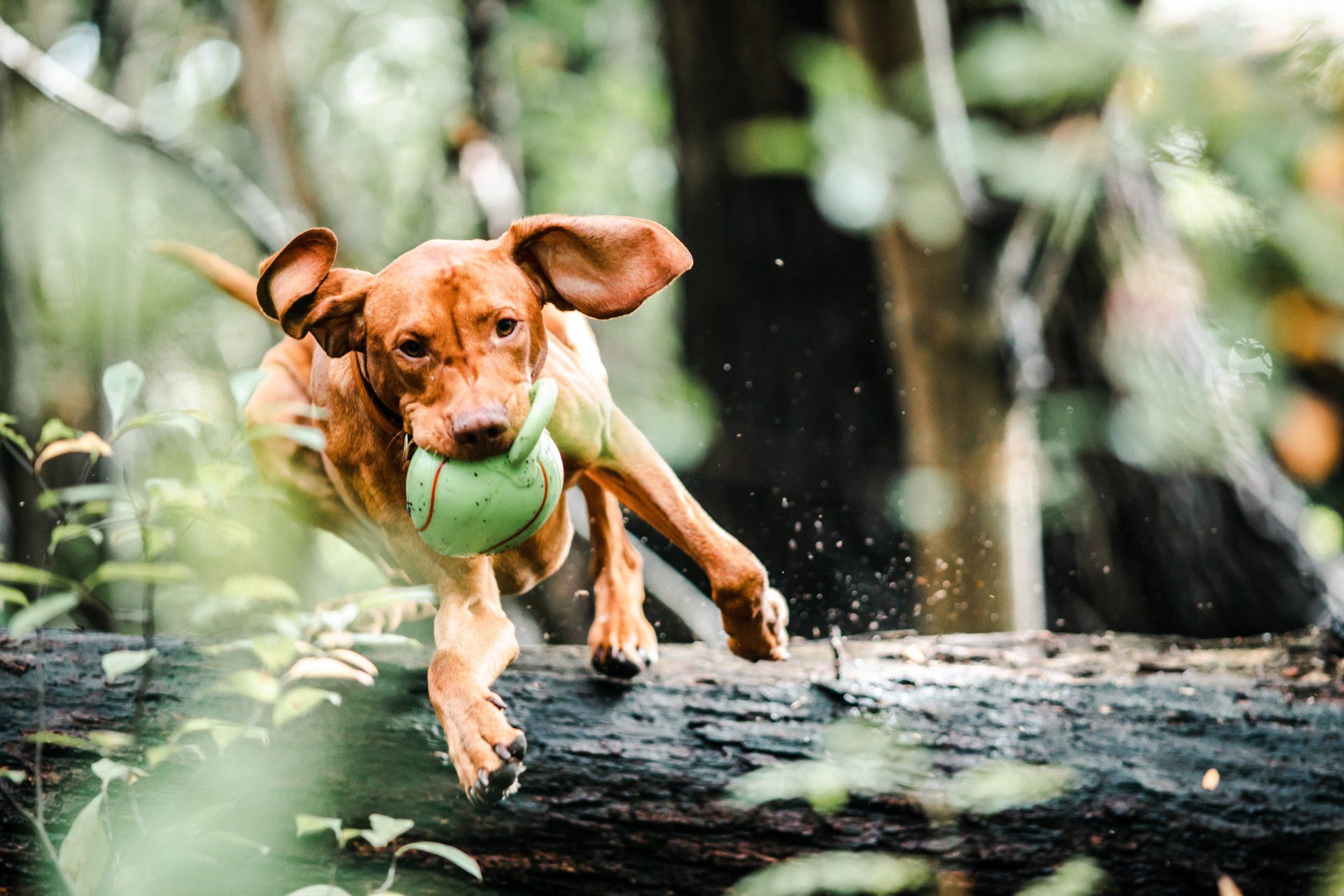
Remember, whether you’re strolling through the park, setting up camp, or sharing quiet moments at home, your dog’s companionship makes every moment special. So grab that leash, pack those treats, and embark on a journey of wagging tails and happy memories! 🐾
Three Pawsitively Fun Activities to Enjoy with Your Furry Friend
1. Wagging Walks: Exploring the Great Outdoors Together
There’s something magical about the way a dog’s tail wags when they hear the word “walk.” Those eager eyes, the excited prance—it’s a symphony of joy! Going for walks with your canine companion is not only great exercise for both of you but also an opportunity to bond and explore the world together.
Tips for Memorable Walks:
- Choose Scenic Routes: Whether it’s a neighborhood park, a forest trail, or a beachside promenade, pick routes that offer sensory delights for your dog. Sniffing new scents, feeling the breeze, and observing other creatures are all part of the adventure.
- Bring Treats and Toys: Reward your pup during the walk with treats or engage in a game of fetch. It keeps their tail wagging and adds an extra layer of excitement.
- Practice Good Leash Etiquette: Teach your dog to walk politely on a leash. Loose-leash walking ensures a pleasant experience for both of you.
2. Camping Canine Style: Unleash the Wilderness Explorer Within
Camping with your dog is like embarking on a joint expedition into the wild. The fresh air, crackling campfire, and star-studded skies create lasting memories. Here’s how to make it paw-sitively perfect:
Preparation is Key:
- Doggy Gear: Pack essentials like a collapsible water bowl, leash, dog food, and a cozy blanket. Don’t forget their favorite toy!
- Choose Dog-Friendly Campsites: Research campgrounds that welcome four-legged adventurers. Some even have designated dog play areas.
- Safety First: Keep your dog leashed during hikes, and check for ticks and burrs after outdoor escapades.
Snug Sleeping Arrangements:
A good night’s sleep is essential, even when you’re out in the wilderness. Ensure your dog has a comfortable place to rest:
- Doggy Sleeping Bag or Pad: Just like humans, dogs appreciate a soft surface to sleep on. Invest in a dog-specific sleeping bag or a foam pad. It provides insulation from the ground and keeps your pup warm during chilly nights.
- Shared Blankets: If your dog is used to sleeping with you at home, bring along a familiar blanket or pillow. The scent of home can be reassuring and help them settle in.
Trail Etiquette: Respect Nature and Fellow Hikers
Being a responsible camper means being considerate of the environment and other outdoor enthusiasts:
- Leash Up: While your dog might love the freedom of off-leash exploration, it’s essential to follow leash laws. Keep your dog leashed to protect wildlife, prevent accidents, and maintain a peaceful atmosphere for everyone.
- Pack Out Waste: Always clean up after your dog. Bring biodegradable waste bags and dispose of them properly. Leave no trace behind!
Canine Cuisine: Yummy Campfire Treats
Food is a highlight of any camping trip, and your dog deserves tasty treats too:
- Homemade Dog Biscuits: Bake some dog-friendly biscuits at home and bring them along. They’re perfect for rewarding good behavior or simply indulging your pup.
- Campfire Grub: Roast sweet potatoes or carrots over the campfire. Dogs love the smoky flavor, and it’s a healthy treat.
3. Cozy Couch Cuddles: Home Sweet Home Relaxation
After all the outdoor adventures, there’s nothing like winding down at home. Dogs are masters of relaxation, and they teach us to appreciate life’s simple pleasures. Here’s how to create a cozy haven for your furry friend:
Pamper Your Pooch:
- Comfy Bed: Invest in a plush dog bed or create a soft corner with blankets. Bonus points if it’s near a sunny window!
- Massage Magic: Gently massage your dog’s ears, neck, and back. It’s a bonding experience that promotes relaxation.
- Movie Nights: Yes, dogs enjoy movie time too! Pick a dog-friendly film, snuggle up, and let the tail-wagging commence.
